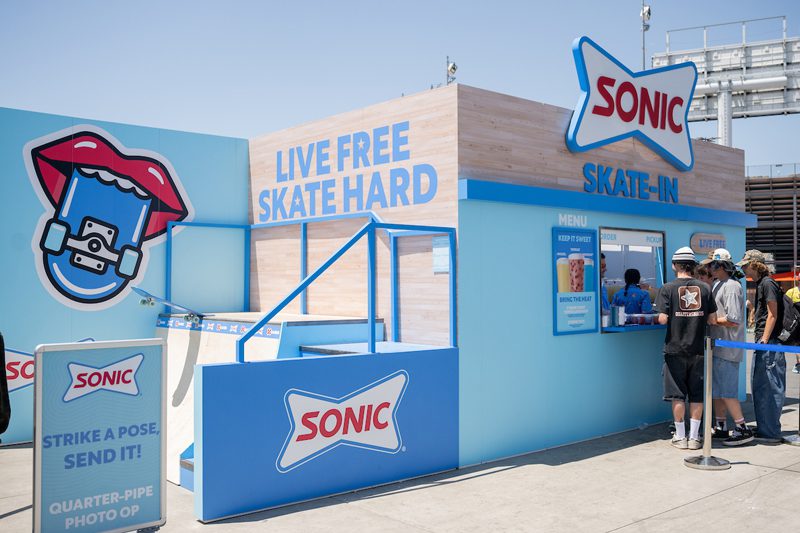It’s been a wild ride this past week. We all knew that the issues surrounding the mortgage market would result in expected, but still shocking, outcomes with the question being not so much if but when. The answer it seems to that question is now. And yet, it was just two weeks ago that we thought we’d seen the bottom, this after already trying to make sense of the multiple free for alls we’ve experienced in the financial markets already. What we see, though, is that like an amusement park ride, just when you think you’ve reached bottom, the floor manages to drop out from under you. Whereas earlier in the year the multiple 300 and 400 point drop in the markets seemed arbitrary with the Dow Jones Industrial constantly testing new 2008 lows, this last week, we saw numbers not last seen since almost this exact time in 2006. At roughly 11,000 the Dow looks immensely healthy compared to the last ten year’s lows reached in August 1998 and September 2002 when the market closed around 7700. Despite the scare, what we see now, qualifies as pretty normal and ultimately healthy. Looking at just this year, as we did in our June 12th issue, you might not think so, but the point of this retrospective is to step away from the weeds and see the forest.
2008 – A Rollercoaster
Here’s a recap of the some of the wild swings seen just this year.
- January 2, 2008 to January 22, 2008 – 13,200 to 11,970.
- February 27, 2008 to March 10, 2008 – 12,690 to 11,740.
The most recent being June 14, 2008 to July 15, 2008 – 12300 to 10900. With the Dow down more than 2000 points this year and 4000 from the highs seen towards the end of last year, you might find it time to freak out, but after reading what happens, hopefully not.
A Trip Down History Lane
Let’s go way back to a year when many reading this might not have even entered high school – 1995. At the beginning of 1995, at a time when Mosaic was just started to gain usage on college campuses and Yahoo was the only game in town for finding out about sites on the web, a time when only AOL users had a graphical inbox with the rest using Telnet, the Dow hovered around 3800. By the start of 1996 it had shot up more than 30% above 5000. Fast forward twelve more months to the beginning of 1997, and it gained another 30% that year, climbing to 6500. During 1997, the market continued to climb, albeit with some modest corrections during the last half of the year. After crossing 8000 in July of 1997, the Dow ended the year just below 8000, but it still managed to churn out a gain of roughly 20% from where it started at the beginning of the year. The following year, 1998 was a wild one with the market hitting 9000 then receding back below 8000 to levels seen at the beginning of the year, before making a strong charge and ending the year north of 9000; solid double digit year over year growth again. In those four years alone, the market more than doubled.
The historically more technology heavy NASDAQ Composite Index also saw impressive gains from the start of 1995 through the end of 1998. The Nasdaq began 1995 at 760 and ended 1998 just a few points short of 2200, a more than 3x growth rate in four years. Borrowing from Motley Crue, the markets took a ride on the wild side for the four year period following the middle 90’s growth spurt. We’ll start first with the Dow, which began 1999 around 9200. Unfortunately, it ended 2002 at 8500. In between, though, the market spent several years bouncing from 10,000 to 11,500, being derailed primarily by the events of September 11, with the market losing 20% that month, ending below 9000 for the first time since 1998. While it recovered fairly quickly, touching 10,600 in March of 2002, the bursting of the tech bubble saw the Dow wipe out all gains since 1998, with the levels towards the end of 2002 and the beginning of 2003 mirroring the lows of 1998. In early 2003, at a few hundred points below 8000, the index (still) clocked in at more than double of 1995. Not great, but right on track for its almost historical 8% year over year growth rate.
By the end of 2002 and the beginning of 2003, the Nasdaq, also hovered around levels below those seen towards the end of 1998. In the case of the Nasdaq, though, its performance looked more like Everest than the plateau shape which characterized the Dow. The Dow went from roughly 9000 to a high of 11500 from the start of 1999 to its peak at the beginning of 2000, i.e. a range of just under 30% from start to peak. The Nasdaq on the other hand began 1999 already on a tear, going from 1500 in October of 1998 to 3000 by the same time in 1999. Five months later, in March 2000, the index had tacked on yet another 2000 points, closing at 5000 and having people thinking Nasdaq 10,000 wouldn’t take long. In 1999 alone, the Nasdaq had doubled, and even though it reached 5000 in March of the following year, like Everest, the summit was reached, and its south slope did not offer a gentle gradient down. By May, just two months later, the market had retreated to just north of 3000, and while it flirted with the clouds, closing above 4000 in July and September, the Nasdaq ended the year 2000 at 2400. The following year didn’t treat it much better ending at 2000, a loss that makes 2001 seem mild compared to 2002 where it shed another 30%, ending 2002 around 1400.
After a rocky four year period, it was time for both indeces to once again make a climb, and from 2003 through the third-quarter of 2007, the Dow added more than 80% and the Nasdaq more than 100%. All of which brings us back to what began this look, 2008.
 Network
Network

